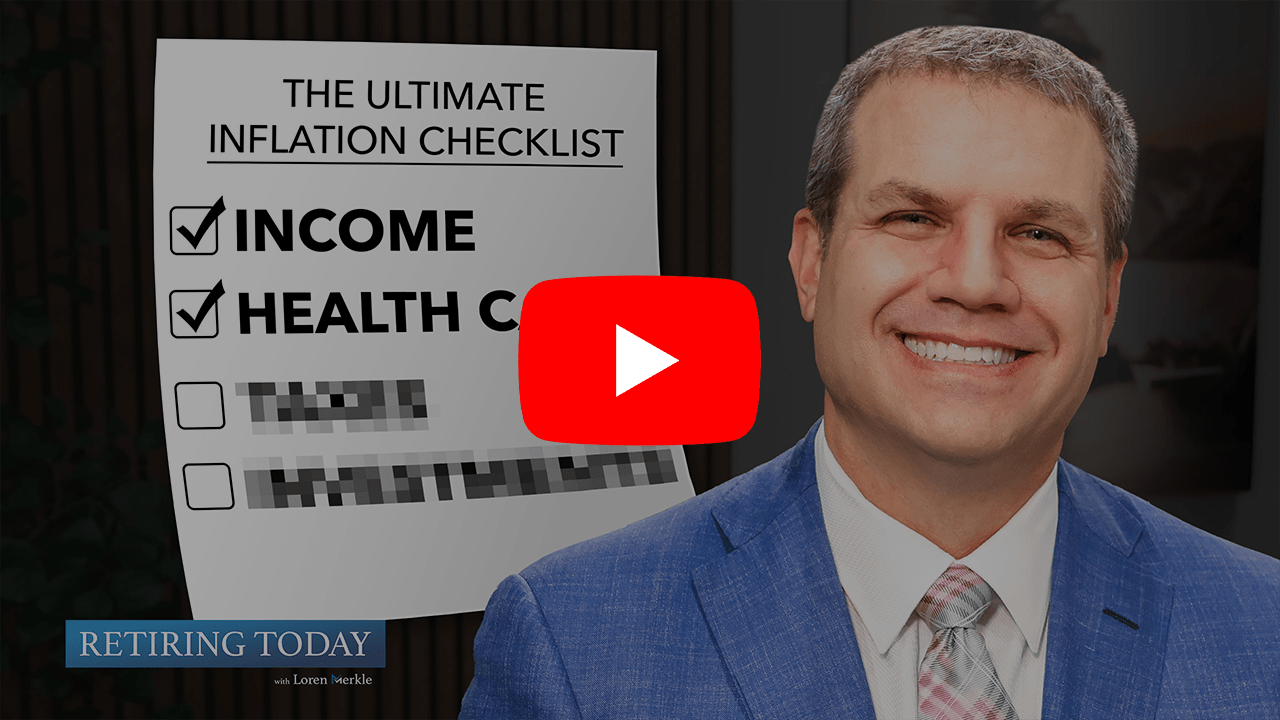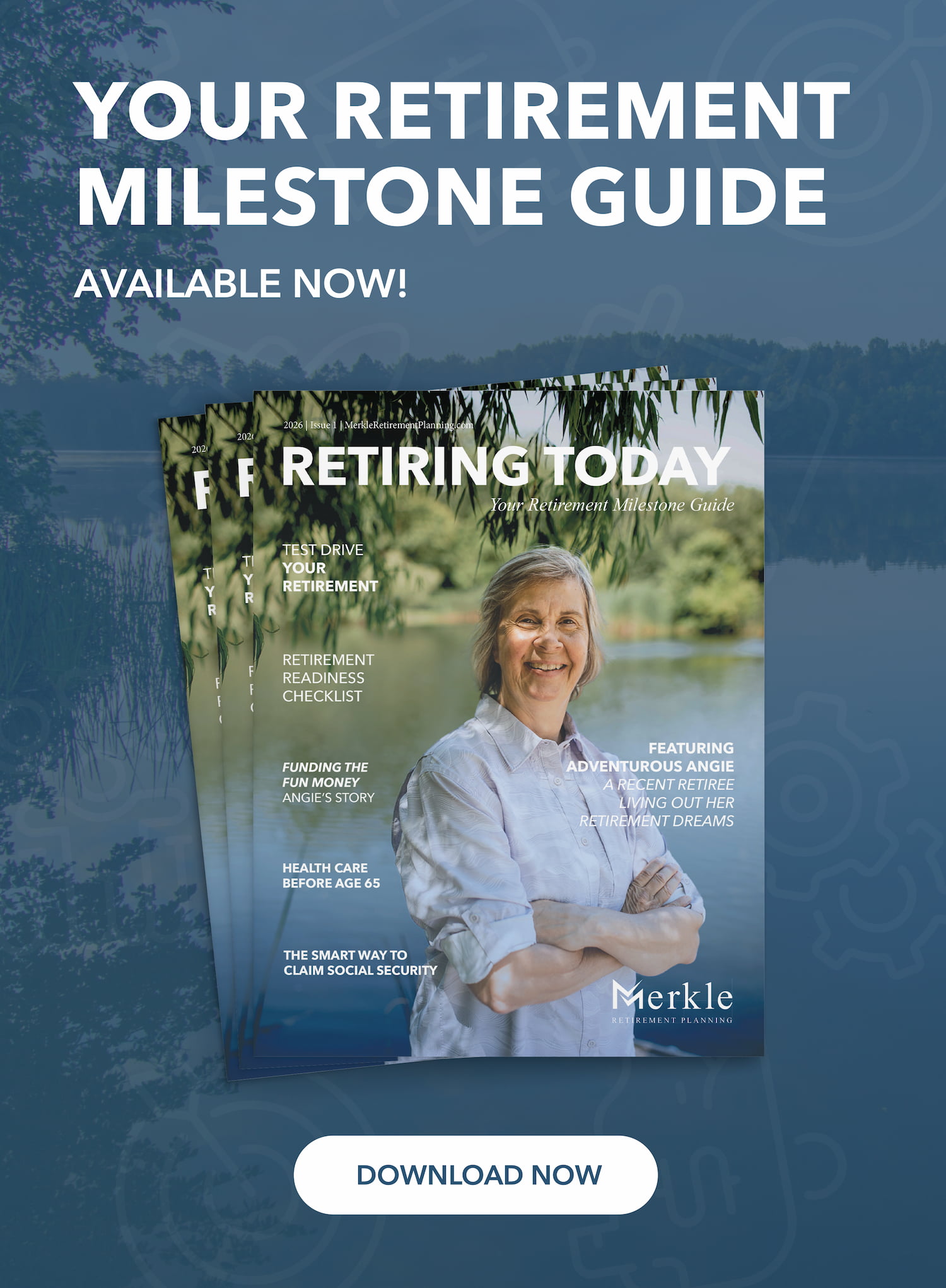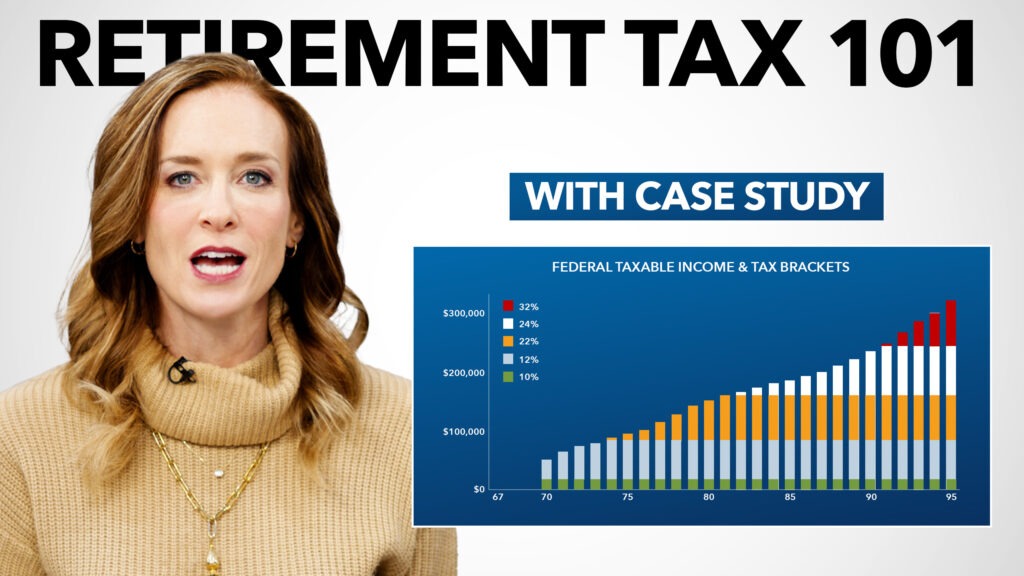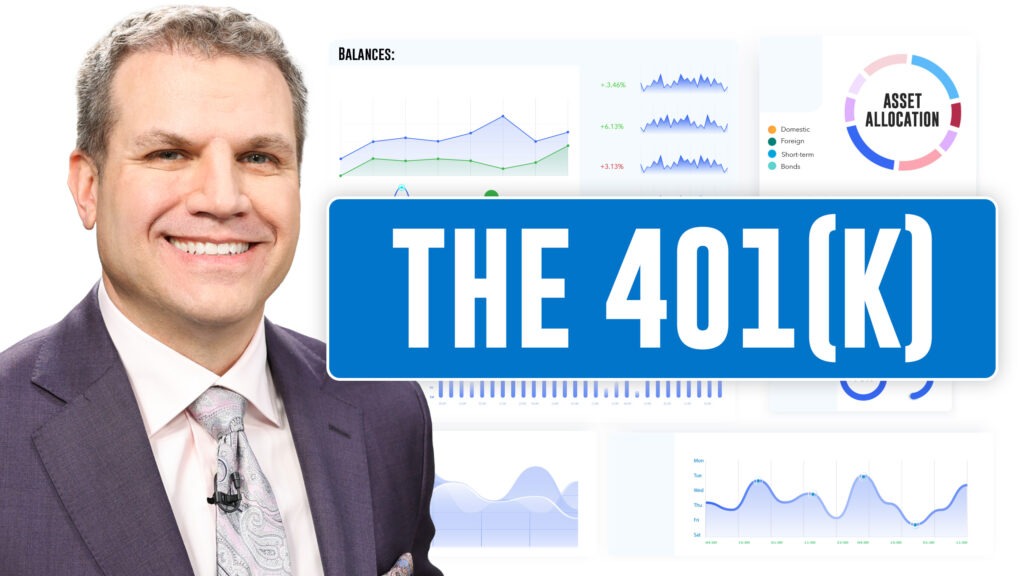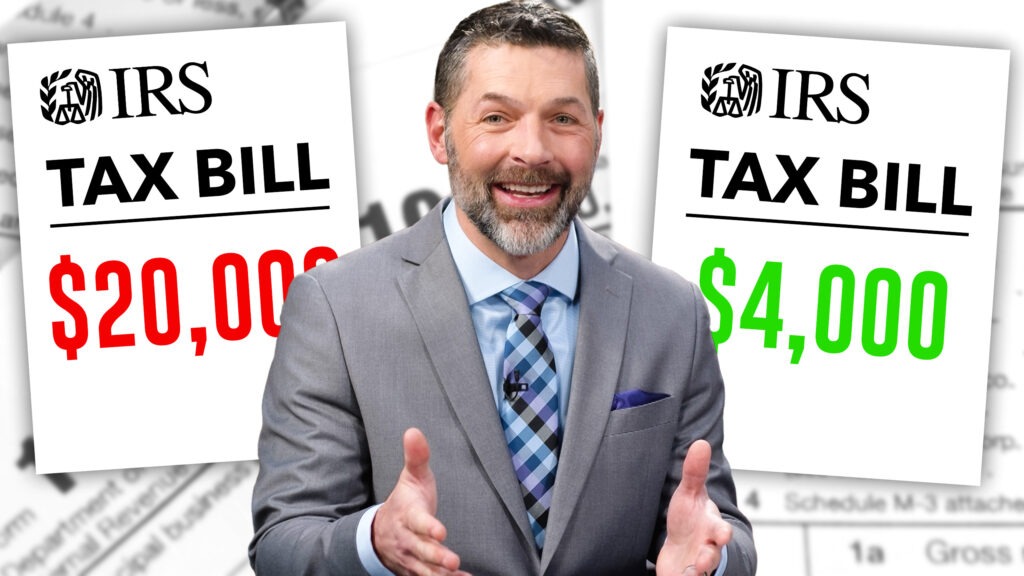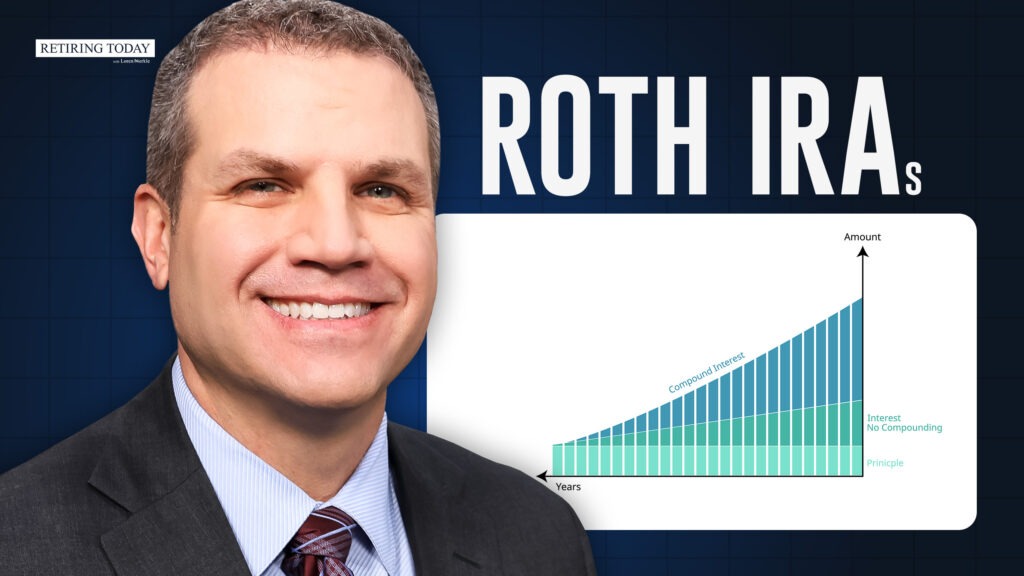Retirement is a phase in life that should be enjoyed, not spent worrying about running out of money. But with inflation spikes in recent years, many are concerned about sustaining their lifestyle in retirement. Here is a comprehensive guide to help you plan for and navigate inflation in retirement.
Understanding the Impact of Inflation
Why Inflation Matters
Inflation isn’t just a buzzword; it’s a real issue affecting everyone, particularly retirees. For instance, a family planning to spend $7,500 a month today will need $12,300 in 25 years just to maintain the same lifestyle, assuming a 2% inflation rate. Understanding how inflation can impact your retirement savings is the first step in developing a strategy to prepare for it.
The Importance of Income Planning
Having a clear vision of how much income you will need to cover your monthly expenses is crucial. Clint Huntrods suggests a detailed expense plan that takes into account not only the present cost of living but also future inflation and changing expenses. Loren Merkle further recommends “test driving” your retirement by living on a projected retirement income for six to twelve months. This practical exercise will give you a starting point for retirement income and help you make necessary adjustments.
Leveraging Social Security, Pensions, and Annuities
Guaranteed income sources can provide immense financial security. Social Security, pensions, and annuities are staples of a sound retirement plan. However, as Loren Merkle explains, maximizing these income sources involves strategic planning. Maximizing Social Security benefits and creating a personal pension plan can enhance your lifetime income, ensuring you can maintain your lifestyle irrespective of market conditions.
Developing a Forward-Thinking Tax Strategy
When it comes to taxes, a forward-thinking strategy can make all the difference. It’s vital to understand how taxable, tax-deferred, and tax-free income sources will impact your overall tax burden. One strategy to consider is a Roth conversion. This involves converting pre-tax money, such as a traditional IRA or 401(k), to a Roth IRA for tax-free growth and qualified distributions. The money converted is added to your gross income for the year and taxed as ordinary income.
A Roth IRA is not subject to Required Minimum Distributions (RMDs), unlike traditional IRAs. This flexibility can significantly reduce your tax liabilities and provide more sustainable income over the long term.
Adapting Your Investment Strategy for Retirement
The investment strategy that got you to retirement may not be suitable to get you through retirement. Loren Merkle emphasizes the importance of understanding how much risk you’re taking with your retirement savings. It’s crucial to balance the need for growth with the need to preserve capital. Clint Huntrods suggests evaluating your portfolio regularly to ensure it aligns with your income needs and risk tolerance. Having a diversified portfolio can protect your savings from market volatility and ensure a steady income stream.
Health Care and Long-Term Care Planning
Health care costs can be a significant burden in retirement. According to a Fidelity study, a 65-year-old retiring today could spend $165,000 in out-of-pocket health care costs in retirement. Planning for these costs is essential to avoid depleting your savings. Options like a Health Savings Accounts (HSA), long-term care insurance, or life insurance can help cover these expenses and provide peace of mind.
Planning for inflation in retirement requires a proactive approach, covering everything from income planning to tax strategies and investment risk management. Making the most of the money you’ve saved for retirement will go a long way to helping you combat inflation in retirement.
Click here to watch the full episode “The Ultimate Checklist to Help Beat Inflation” on YouTube!
Source: Fidelity.com
